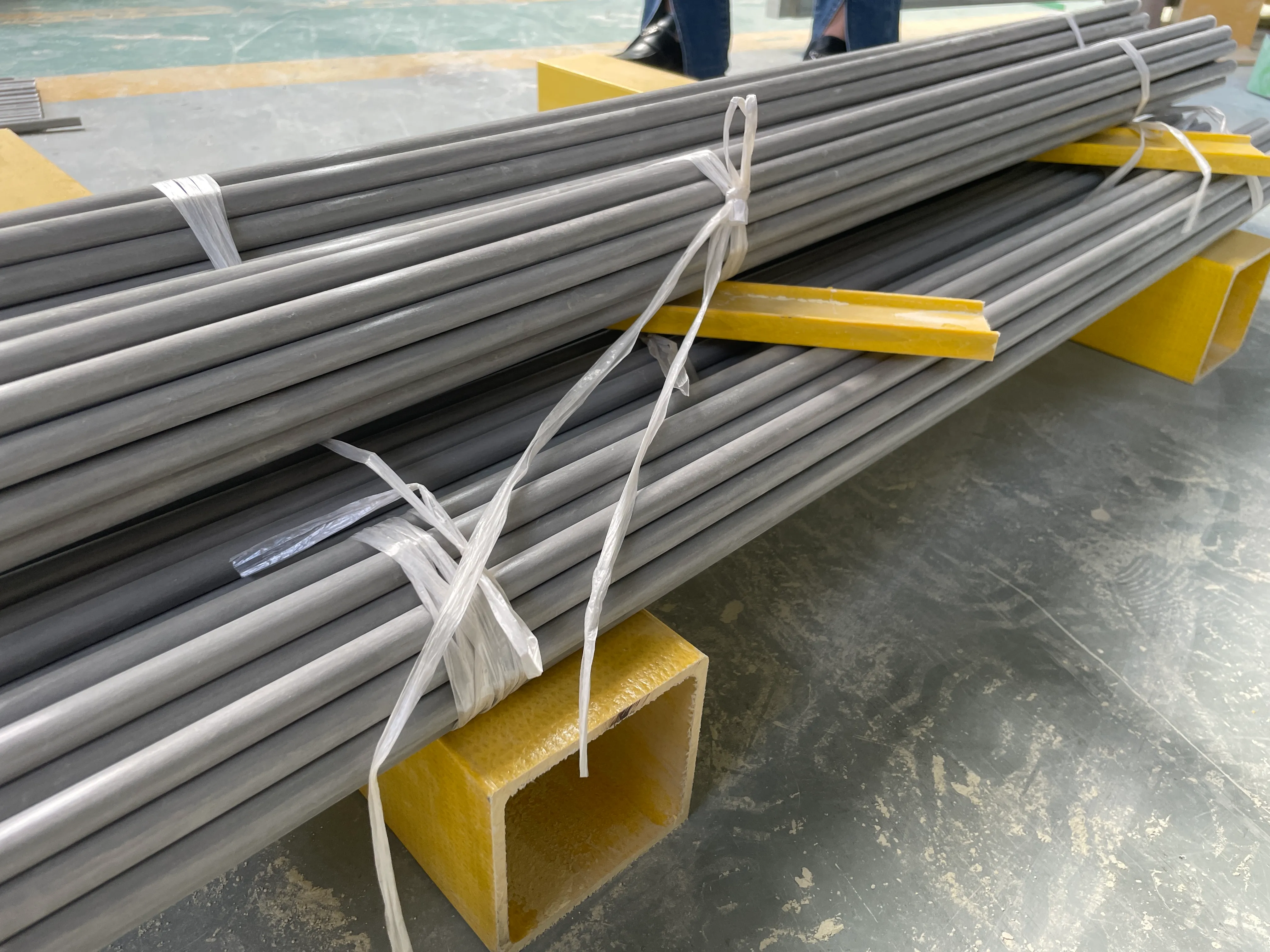loading...
- No. 9, Xingyuan South Street, Dongwaihuan Road, Zaoqiang County, Hengshui, Hebei, China
- admin@zjcomposites.com
- +86 15097380338
- Welcome to visit our website!
frp rod
The Versatility and Applications of FRP Rods
Fiber-Reinforced Polymer (FRP) rods are a fascinating innovation in materials engineering, gaining traction in various industries due to their superior performance and unique properties. Made from a composite of polymer resins reinforced with fibers—commonly glass, carbon, or aramid—FRP rods offer a high-strength, lightweight alternative to traditional materials like steel and concrete.
One of the most significant advantages of FRP rods is their exceptional strength-to-weight ratio. This property enables engineers and architects to design structures that are not only strong but also lighter. The reduced weight is especially advantageous in applications such as bridges and high-rise buildings, where minimizing load on support systems is crucial. Additionally, FRP rods exhibit excellent resistance to corrosion, making them an ideal choice for environments that would typically degrade traditional materials. For instance, in coastal regions or chemical plants where exposure to salty air or harsh chemicals is common, FRP rods maintain their integrity over time, minimizing maintenance costs and extending the lifespan of construction projects.
.
In the energy sector, FRP rods are finding a niche in wind energy. Wind turbine blades, which must be both lightweight and strong, are often constructed using composite materials that include FRP. The lightweight nature of these materials helps improve energy efficiency by reducing the load on turbine towers and enhancing rotational speed, ultimately leading to better energy production.
frp rod

Another critical area where FRP rods are making an impact is in the field of sports and recreation. Many sporting goods, such as fishing rods and tent poles, utilize FRP materials for their lightweight and durable characteristics. Athletes can benefit from advanced equipment that enhances performance while minimizing fatigue associated with heavier alternatives.
However, despite the numerous advantages, the production and recycling of FRP materials remain challenges that the industry is grappling with. The manufacturing process can be resource-intensive, and the properties that make FRP rods so durable also pose difficulties in recycling. As the demand for sustainable practices increases, researchers and developers are focusing on ways to improve the lifecycle of FRP products, including exploring biodegradable composites and innovative recycling methods.
The versatility of FRP rods is also reflected in their application in various niche markets. For example, in the aerospace industry, where weight savings are critical, FRP rods are utilized in the construction of aircraft frameworks and components. Their high strength and light weight can significantly contribute to improving fuel efficiency and overall performance.
In conclusion, FRP rods represent a significant advancement in materials technology, offering a combination of strength, durability, and lightweight attributes that cater to various applications. As industries continue to adopt these innovative materials, the need for sustainability in production and disposal will drive further research and development. The future of FRP rods appears promising, as they play an increasingly vital role in building a more efficient, durable, and environmentally friendly world. With continuous innovation and adaptation, FRP rods could revolutionize traditional applications across engineering, construction, energy, and recreation, paving the way for a more resilient future.
-
Why Choose a Galvanized Water Tank for Your Storage NeedsNewsMay.21,2025
-
The Strength and Durability of FRP GratingNewsMay.21,2025
-
The Importance of Water Treatment Systems for Clean and Safe WaterNewsMay.21,2025
-
The Advantages of FRP Rebar for Construction ProjectsNewsMay.21,2025
-
Say Goodbye to Hard Water with a Reliable Water SoftenerNewsMay.21,2025
-
Maximize Your Water Storage with a Sectional Water TankNewsMay.21,2025
-
The Power of Filter VesselsNewsMay.19,2025
